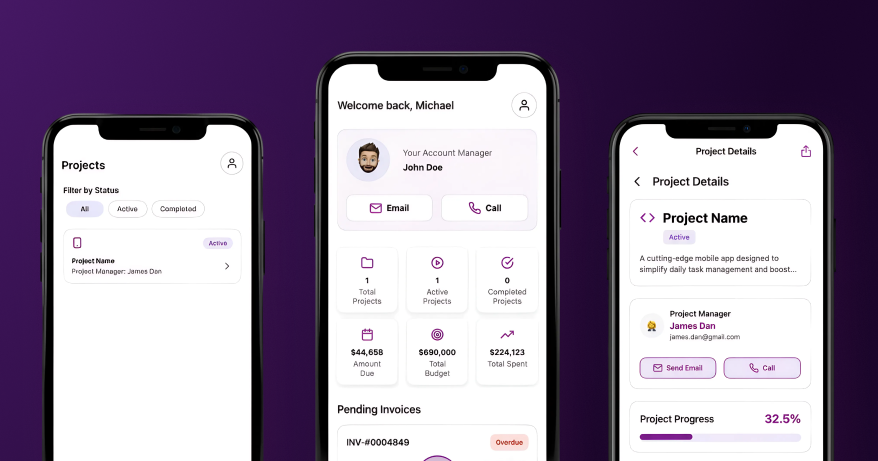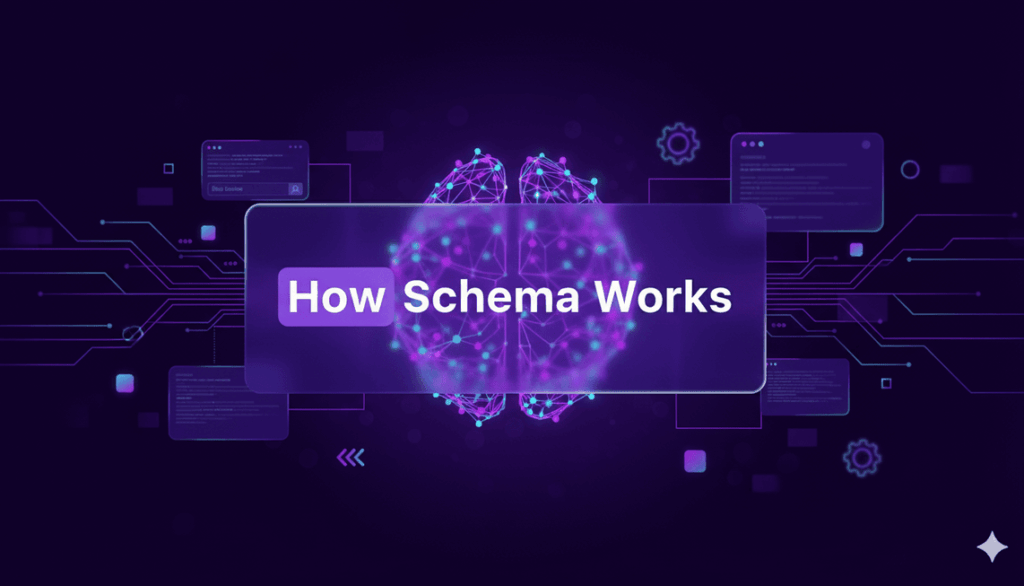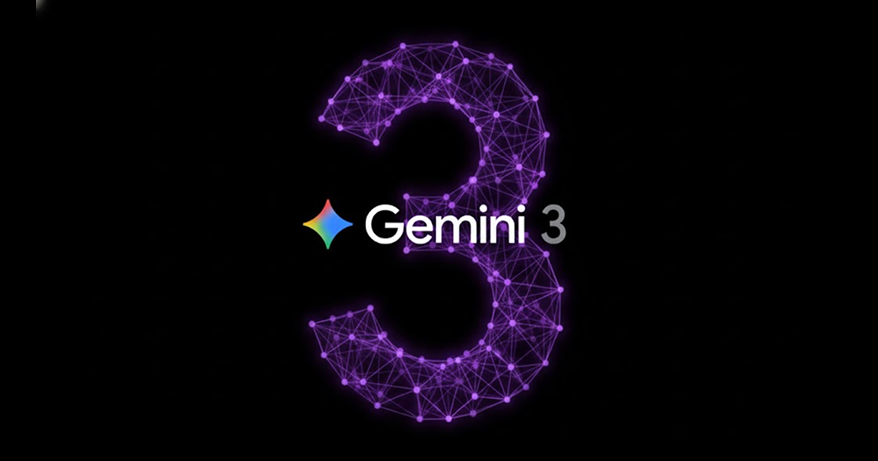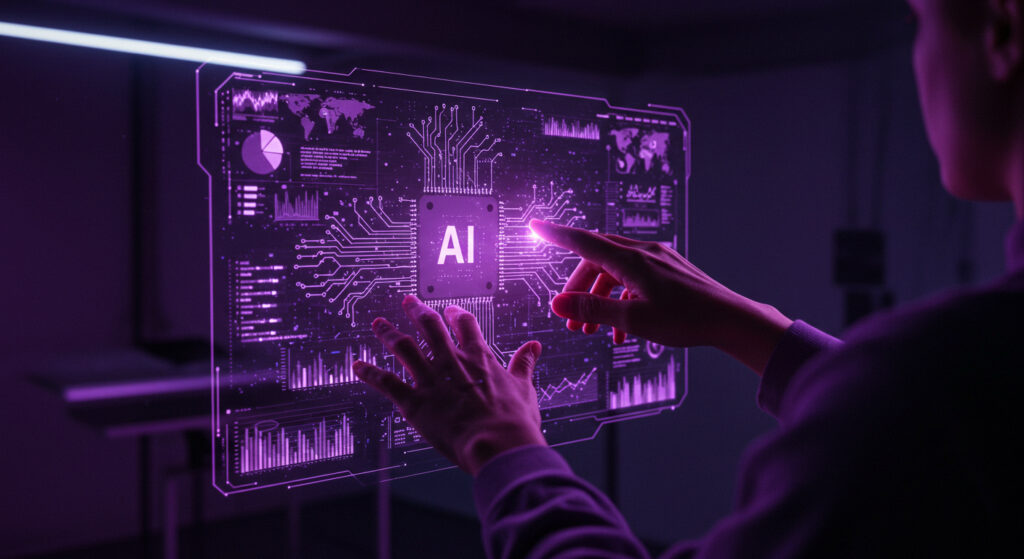The term “vibe coding” exploded onto the scene in early 2025, shaking up the world of software development with a refreshing new approach: build software based on your vibe, not your syntax. Coined by Andrej Karpathy, co founder of OpenAI, this AI driven programming methodology empowers users to generate code simply by describing what they want no matter their technical background. And yes, it’s as wild and futuristic as it sounds.
In this blog, we’ll unpack what vibe coding is, how it’s being used today, where it’s going, and the role companies like 247 Labs are playing in helping organizations responsibly harness its power.
What is Vibe Coding?
At its core, vibe coding is a conversational method of programming. Instead of writing out lines of logic, users describe their software ideas in plain English like, “Make me a dashboard that tracks coffee consumption” and an AI tool such as GitHub Copilot, Cursor Composer, or Replit Ghostwriter writes the actual code. It’s a leap from writing software to collaborating with it.
Key Characteristics: Conversational Interfaces: Voice or chat input is used instead of code editors. LLM Powered: Tools are powered by large language models trained on vast coding data. Minimal Technical Skills Required: Anyone can prompt an app into existence.
This shift reduces friction for non technical users while speeding up ideation for seasoned developers.
A Quick Timeline
Feb 2025: Andrej Karpathy introduces “vibe coding” on X (formerly Twitter). March 2025: Merriam Webster adds “vibe coding” to its slang & trending terms. April 2025: Replit reports 75% of users never write traditional code.
Want to see vibe coding in action? Check out this strategy game built entirely through vibe coding prompts.
Real World Usage: Who’s Vibing?
1. Non Developers
Vibe coding unlocks creative potential for users with zero coding background.
LunchBox Buddy: Built by journalist Kevin Roose to plan daily meals. DIY Drawing Robot: A hobbyist created a robotic interface with zero lines of code.
“Vibe coding is turning software into something personal it’s software for one.”
Challenges: Prone to bugs Not scalable or secure for production
2. Developers
Pros are using vibe coding to: Automate repetitive code blocks Learn new frameworks or languages Focus on higher level logic and design
Caution: Over reliance on AI could erode deep understanding and increase tech debt.
3. Startups
Startups are vibing hard: 25% of Y Combinator’s Winter 2025 startups used 95% AI generated code Replit reports users building MVPs without ever touching a line of traditional code
Big Win: Fast prototyping. Big Risk: Technical debt and maintainability.
The Vibe Coding Workflow
-
- Describe: Give your intent in natural language.
-
- Generate: AI interprets your request and generates functioning code.
-
- Refine: You run it, find bugs, and clarify prompts until the solution is usable.
Think: “Hey AI, build me a SaaS dashboard with user logins and a pricing page.”
Tools that support this flow include: Cursor: Compose code with plain language Replit Ghostwriter: AI coding environment for real time builds GitHub Copilot: Integrates with IDEs to assist as you write
Challenges and Concerns
Vibe coding is truly a vibe but not without its limitations:
Security Vulnerabilities: AI might expose PII, create open database connections, or generate unsafe code. Code Quality: Often messy or redundant; debugging is harder when you didn’t write the logic. Auditability: Legal and compliance risks due to unverifiable code origins. Overuse by Non Experts: Misuse may flood ecosystems with low quality apps.
As Andrej Karpathy put it, “It’s the era of forgetting the code exists but we still have to clean up the mess.”
The Future: Where is Vibe Coding Going?
1. Democratization of Software
Vibe coding might do for software what spreadsheets did for data. Anyone can make apps.
Upside: Creators don’t need to wait for dev teams. Downside: Quality may dip, especially in enterprise grade projects.
2. New Role for Developers
Developers won’t disappear they’ll evolve. Move from syntax to strategy Focus on architecture, UX, and ethics Guide and audit AI generated code
3. Industry Level Shifts
Long Tail Markets: Niche tools and custom software for underserved industries Smaller Dev Teams: Reduced build costs change team structures Cross Pollination: Concepts like “vibe marketing” and “vibe selling” are emerging
4. Next Gen Interfaces
Imagine building with GUI prompts or drag and describe tools. “Here’s a sketch, make it a web app.” “Make this onboarding flow convert better.”
AI will adapt and rewrite based on performance metrics. (See Andrew Chen’s thoughts)
The 247 Labs Take
At 247 Labs, we believe vibe coding represents an exciting shift not a total replacement. We’re already helping clients integrate AI assisted workflows, design AI augmented codebases, and audit generated software for security, performance, and compliance.
Whether you’re a founder building your MVP, an enterprise adding AI into your workflow, or a solo entrepreneur vibing your first SaaS product we help turn your vibe into robust, scalable software.
Want something more secure than a weekend built vibe app? Need help refining your AI generated code into production grade architecture? We’ve got you.
Final Thoughts: The Vibe is Real, but So Are the Risks
Vibe coding is redefining software development. It’s opening doors for non coders It’s speeding up work for professionals It’s transforming how we think about building software
But with great vibes come great responsibilities: We must ensure quality, security, and accountability We must educate new creators about ethical tech We must balance creativity with control
Ready to build smarter and faster with AI? Contact 247 Labs today for a free consultation on how we can help bring your AI powered software vision to life.
Sources & Further Reading Vibe Coding on Wikipedia Medium: AI assisted coding for non developers Hacker News discussions on vibe coding Replit Blog on AI generated code [Andrew Chen’s Predictions](https://andrewchen.substack.com/p/predictionsthoughts on vibe coding)





